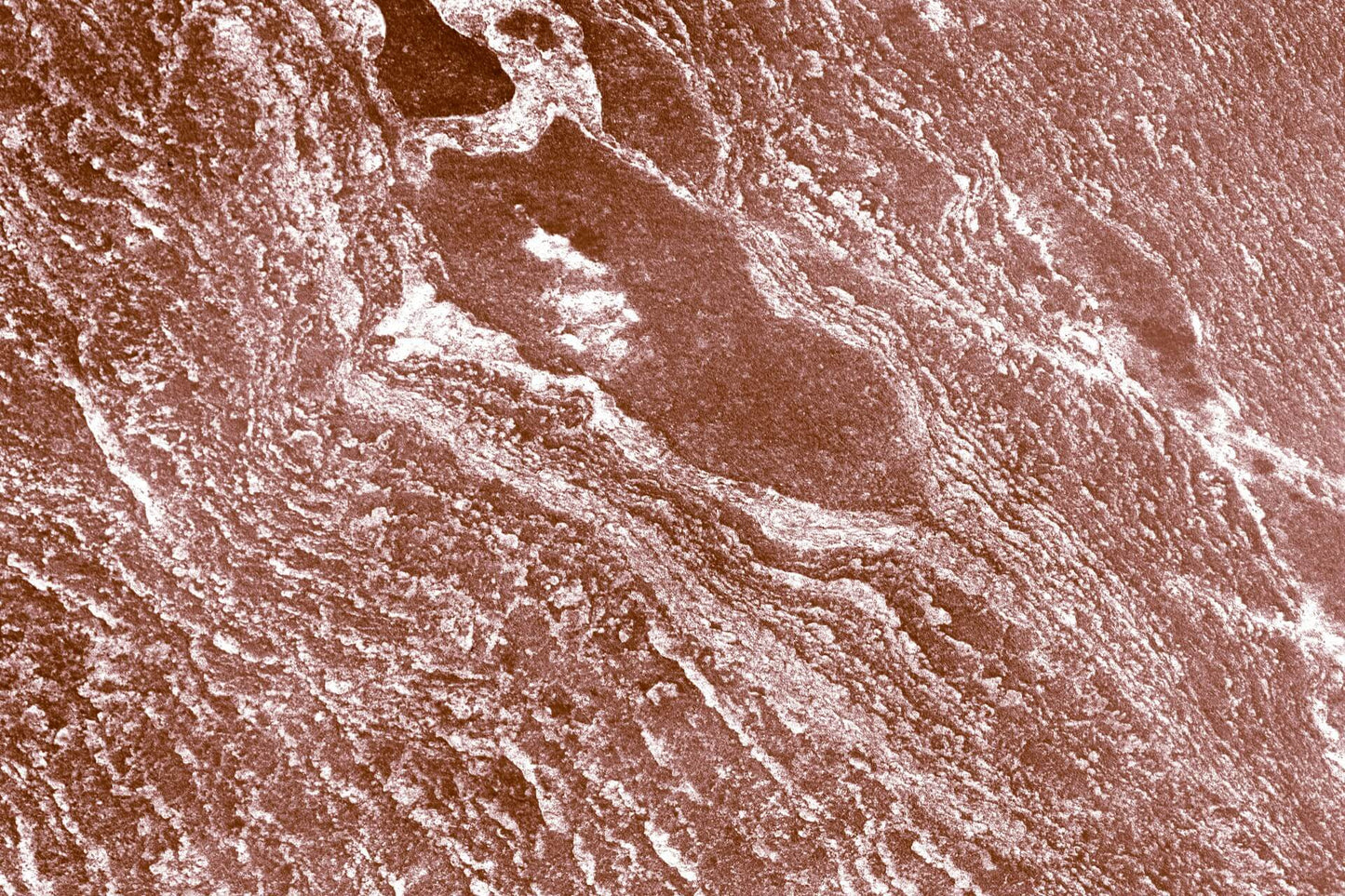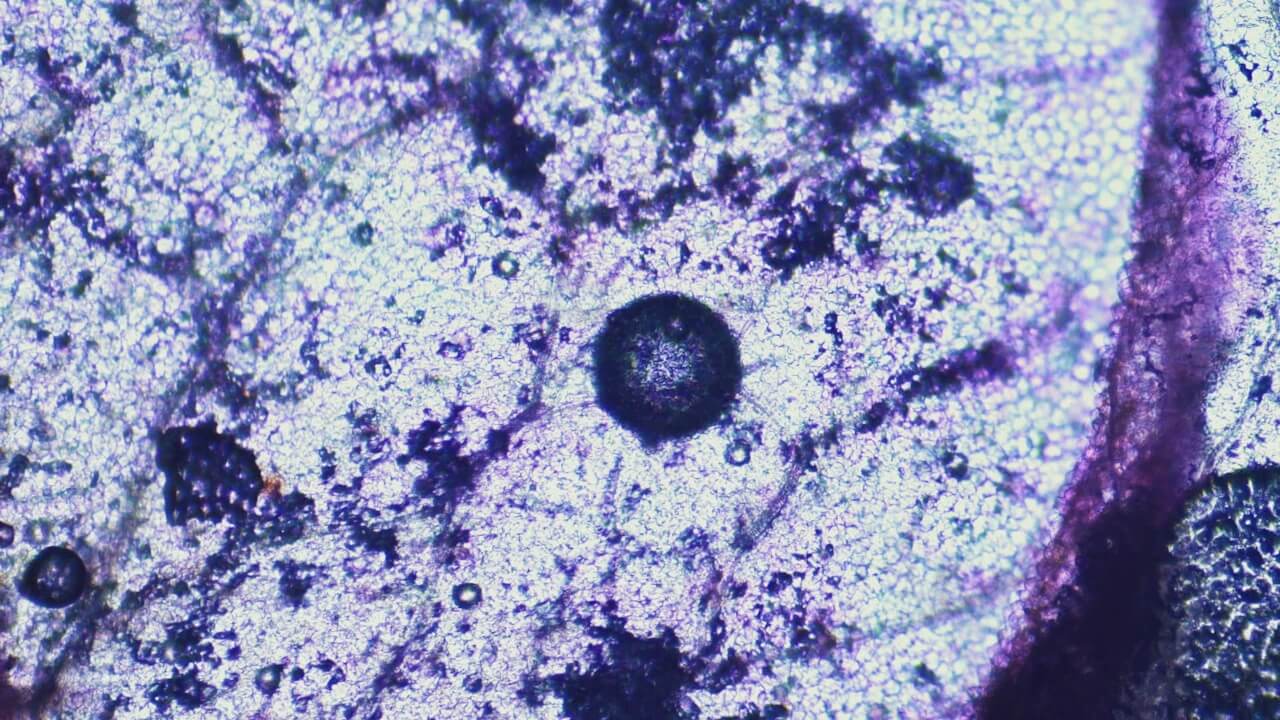
The glutathione cycle shapes synaptic glutamate activity
Introduction
Glutamate is the primary excitatory neurotransmitter in the brain, playing a critical role in learning, memory, and synaptic plasticity. However, maintaining stable glutamate levels is essential, as both excessive and deficient glutamate activity have been implicated in neurological and psychiatric disorders, including schizophrenia, epilepsy, and neurodegenerative diseases.
Glutathione, a tripeptide composed of glutamate, glycine, and cysteine, is best known for its antioxidant and detoxification functions. This study explores a new role for glutathione as a reservoir for synaptic glutamate, contributing to the regulation of excitatory neurotransmission.
What did the study examine?
This study investigated whether the glutathione cycle contributes to synaptic glutamate homeostasis by:
- Assessing glutamate availability when key enzymes in the glutathione cycle were inhibited
- Measuring changes in the frequency and amplitude of miniature excitatory postsynaptic currents (mEPSCs)
- Comparing the role of the glutathione cycle and the glutamate-glutamine shuttle, the primary known source of synaptic glutamate
Using pharmacological inhibition and genetic knockdown techniques, researchers tested whether neurons utilise glutathione-derived glutamate to sustain neurotransmission when traditional sources are impaired.
Findings
Glutathione is a source of neuronal glutamate
- When the glutathione cycle was disrupted, intracellular glutamate levels decreased significantly
- Blocking gamma-glutamyl transferase (GGT), an enzyme that releases glutamate from glutathione, resulted in decreased synaptic glutamate levels along with a reduction in mEPSC frequency, indicating a decline in excitatory neurotransmission
- In contrast, inhibiting glutathione synthesis caused glutamate levels to increase, suggesting that the cycle dynamically regulates glutamate availability
The glutathione cycle complements the glutamate-glutamine shuttle
- The glutamate-glutamine shuttle supplies most of the glutamate, but neurons retain the ability to sustain glutamate release when this pathway is blocked
- When the shuttle was chemically inhibited, excitatory transmission was partially maintained through glutathione-derived glutamate
- This suggests that glutathione functions as a reserve source, particularly under conditions of limited glutamate availability
Modulating the glutathione cycle influences synaptic excitability
- Reducing glutathione breakdown lowered synaptic glutamate levels, leading to weaker excitatory neurotransmission
- Conversely, depleting glutathione stores resulted in an increase in synaptic glutamate, likely due to decreased consumption of glutamate for antioxidant purposes
- These findings indicate that glutathione metabolism actively shapes synaptic activity, rather than serving as a passive store
Why does this matter?
This study reveals a previously unrecognised role of glutathione metabolism in synaptic neurotransmission, showing that it serves as a reservoir of glutamate that can be mobilised to sustain synaptic activity. These findings suggest that stimulation of glutathione synthesis could be a potential therapeutic target for conditions associated with dysregulated glutamate neurotransmission.








